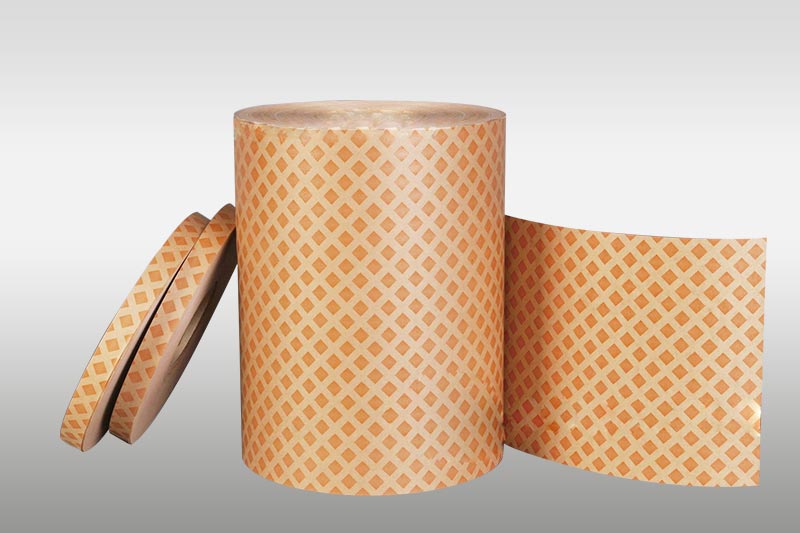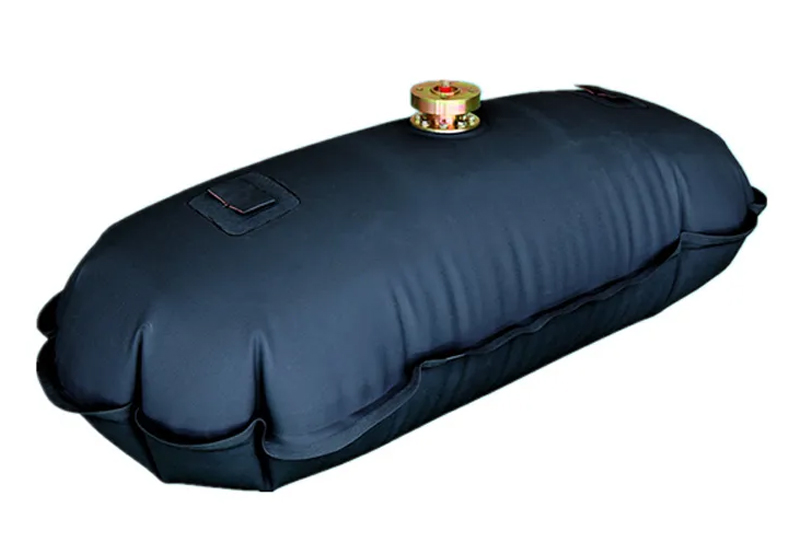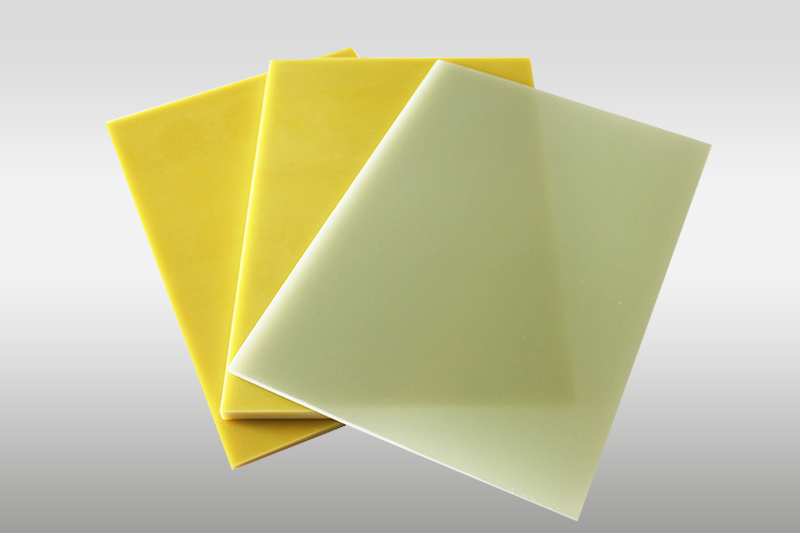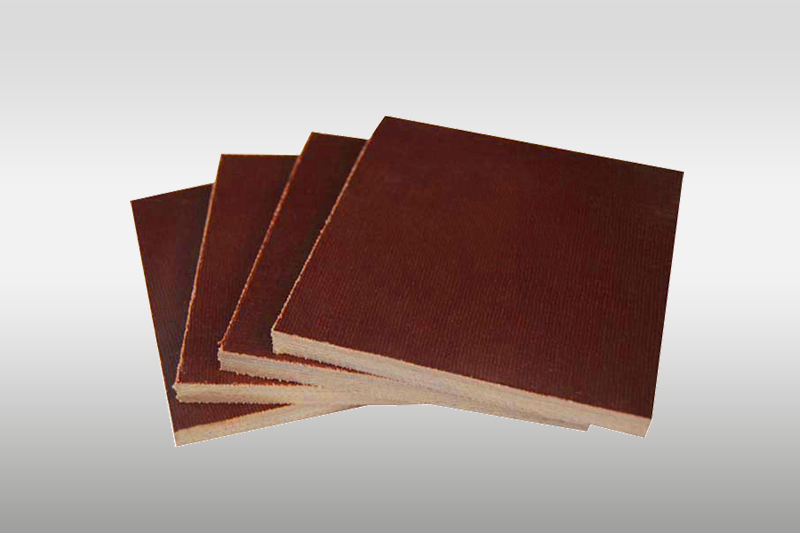Why Insulation Paper Is Indispensable in Transformers: Functions, Types, and Selection Guide
Abstract:
Insulation paper is a foundational component in both oil-immersed and dry-type transformers. It serves not just as a dielectric barrier but also as a thermal buffer and structural reinforcement material. This article explains the key reasons insulation paper is critical to transformer operation, discusses the main types used, and outlines technical criteria for proper selection. The content is backed by engineering principles and international transformer manufacturing standards.
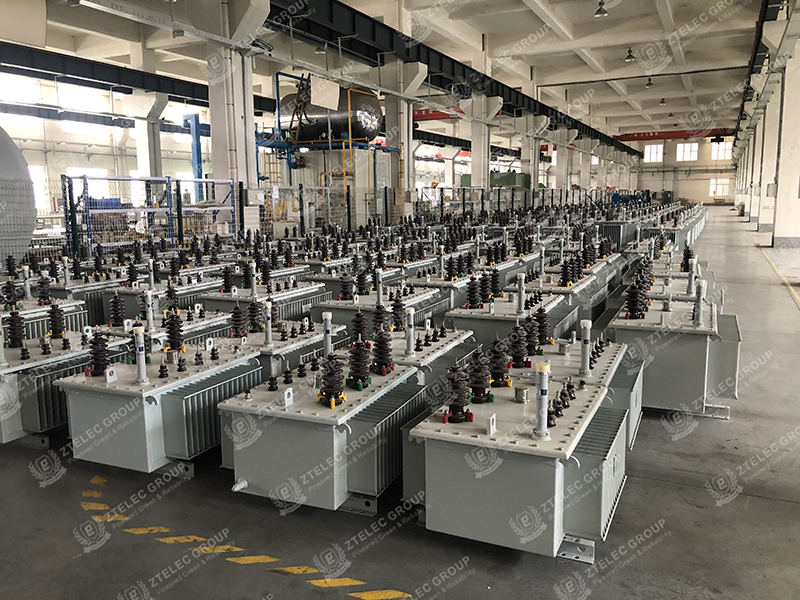
1. The Electrical Necessity of Insulation Paper
Transformers handle high-voltage alternating current (AC), and the coils—usually copper or aluminum—must be reliably isolated from each other and from the iron core. Insulation paper provides dielectric separation, avoiding electrical arcing or internal short circuits, which could otherwise cause catastrophic failures.
According to the IEC 60641 standard, insulation paper must have:
♦ A dielectric strength of at least 20 kV/mm
♦ A surface resistance over 10¹³ ohm
These properties ensure electrical stability, even under continuous high-voltage exposure.
2. Thermal Stability Under Load
During transformer operation, internal windings generate substantial heat. Insulation paper must not only resist this heat but maintain its dielectric and mechanical properties over time. This is why thermal class ratings, defined by IEC 60085, are critical:
|
Paper Type |
Thermal Class |
Max Operating Temp |
|
Kraft / DDP |
Class A |
105°C |
|
NMN / NHN |
Class F / H |
155–180°C |
|
Nomex® Aramid |
Class H |
180°C |
Overheating is one of the top 3 failure causes in transformers globally, and appropriate insulation paper prevents hot-spot degradation in the winding system.
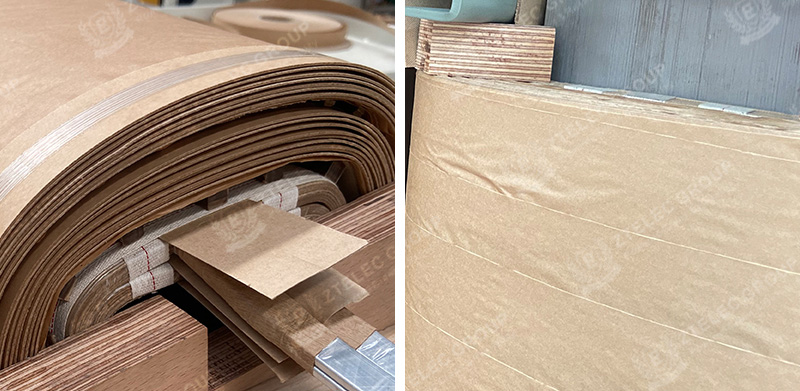
3. Mechanical Integrity and Dimensional Stability
Paper used between layers of windings, such as DDP (Diamond Dotted Paper) or crepe paper, must be mechanically robust. For example:
DDP's epoxy dots bond the layers after heat curing (~120°C), preventing slippage or layer deformation.
Crepe paper offers elasticity for tight turns and irregular shapes, especially on lead wires.
International transformer manufacturers use materials that conform to ASTM D202 and IEC 60641 mechanical tests, which include tensile strength, tear resistance, and thickness retention under pressure.
4. Moisture and Oil Compatibility
In oil-filled transformers, cellulose-based papers (e.g. Kraft, pressboard, DDP) absorb transformer oil and act as moisture buffers. This dual role is essential:
Prevents partial discharges caused by moisture accumulation
Enhances dielectric strength via oil-paper insulation systems
Standards like IEC 60422 regulate moisture levels and oil compatibility, ensuring that insulation systems age predictably and safely under load.
5. Common Insulation Paper Types and Their Applications
|
Type of Paper |
Composition |
Key Use |
|
Kraft Paper |
100% cellulose |
Turn and layer insulation |
|
DDP |
Kraft + epoxy dots |
Winding insulation with bonding capability |
|
Crepe Paper |
Cellulose with stretch |
Lead insulation |
|
NMN / NHN |
Aramid + polyester laminates |
Slot liner insulation in HV motors |
|
Nomex® |
Synthetic aramid paper |
Dry-type, high-temp applications |
All above materials are used in transformers ranging from 10kVA to 220kV, and should be selected based on voltage class, thermal demand, and mechanical stress in the design.
6. Why the Right Selection Matters
According to data from IEEE Transformer Committee, insulation failure is responsible for over 30% of transformer breakdowns in the field. That’s why:
Design engineers must consider thermal aging, chemical compatibility, and environmental exposure.
OEMs and maintenance teams must source from certified suppliers with traceable quality.
ZTelec Group provides insulation papers that meet UL, RoHS, and IEC standards, ensuring durability, electrical safety, and long-term performance.
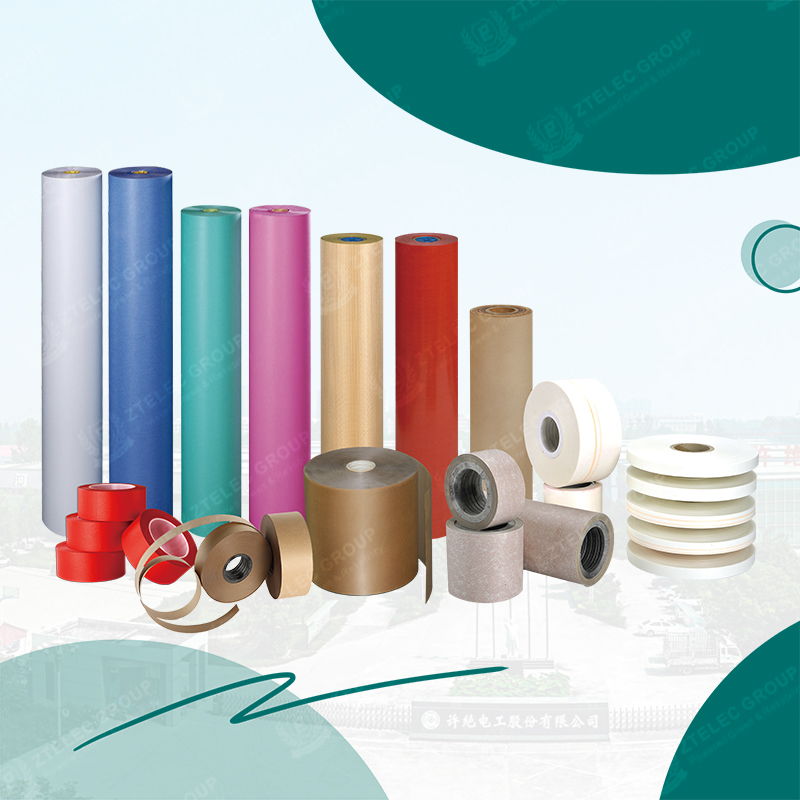
Conclusion
Insulation paper is more than a passive material—it is a strategic component in transformer design and reliability. By choosing the right insulation paper type (e.g., DDP, NMN, Nomex), manufacturers can ensure:
♦ Superior electrical safety
♦ Extended thermal life
♦ Mechanical integrity under stress
As the global demand for stable and efficient power grows, transformer insulation solutions must evolve accordingly. At ZTelec, we’re committed to delivering certified, high-performance insulation paper tailored to your specifications.
For technical data sheets or free samples, contact us at support1@ztelecgroup.com




